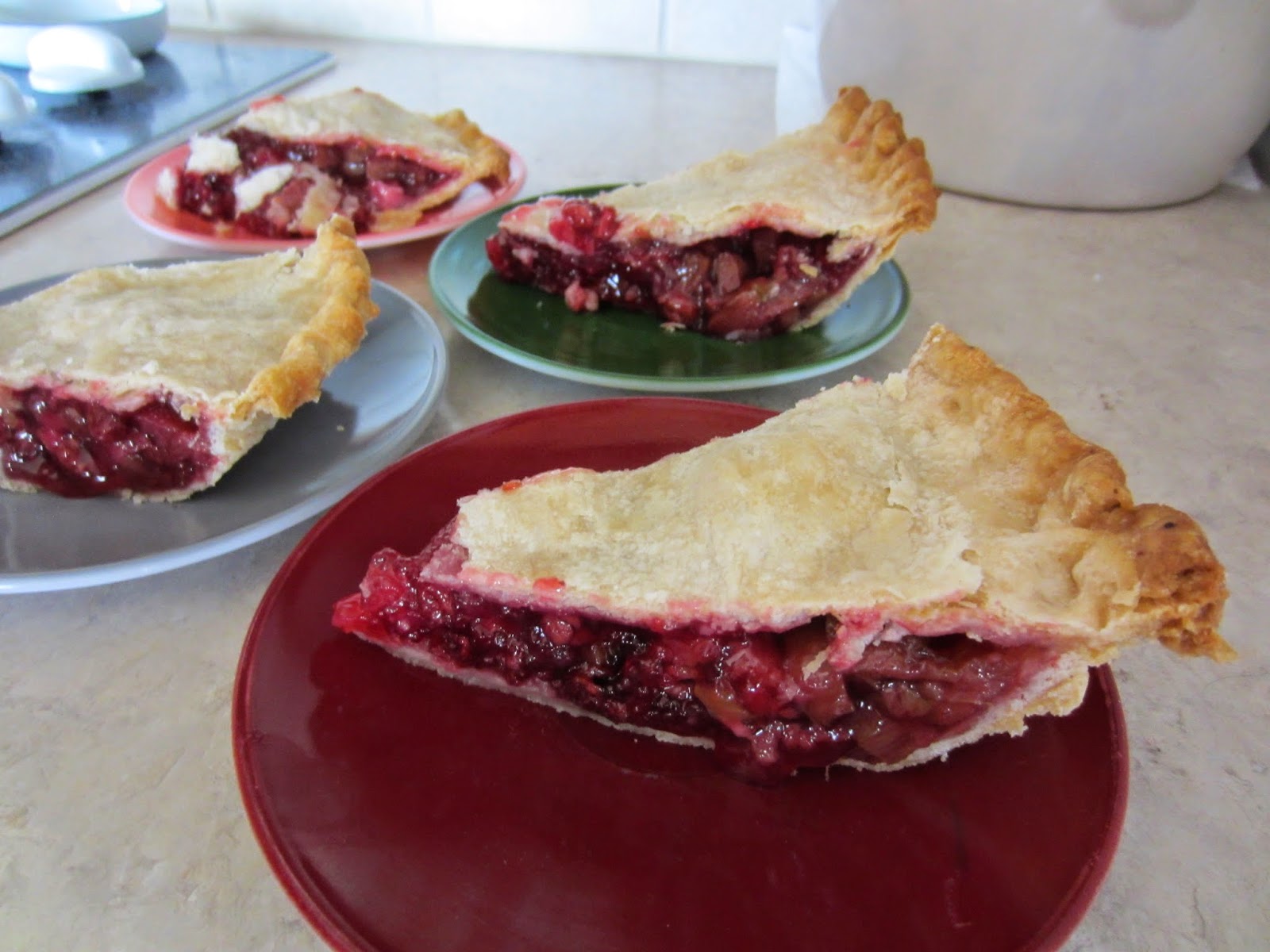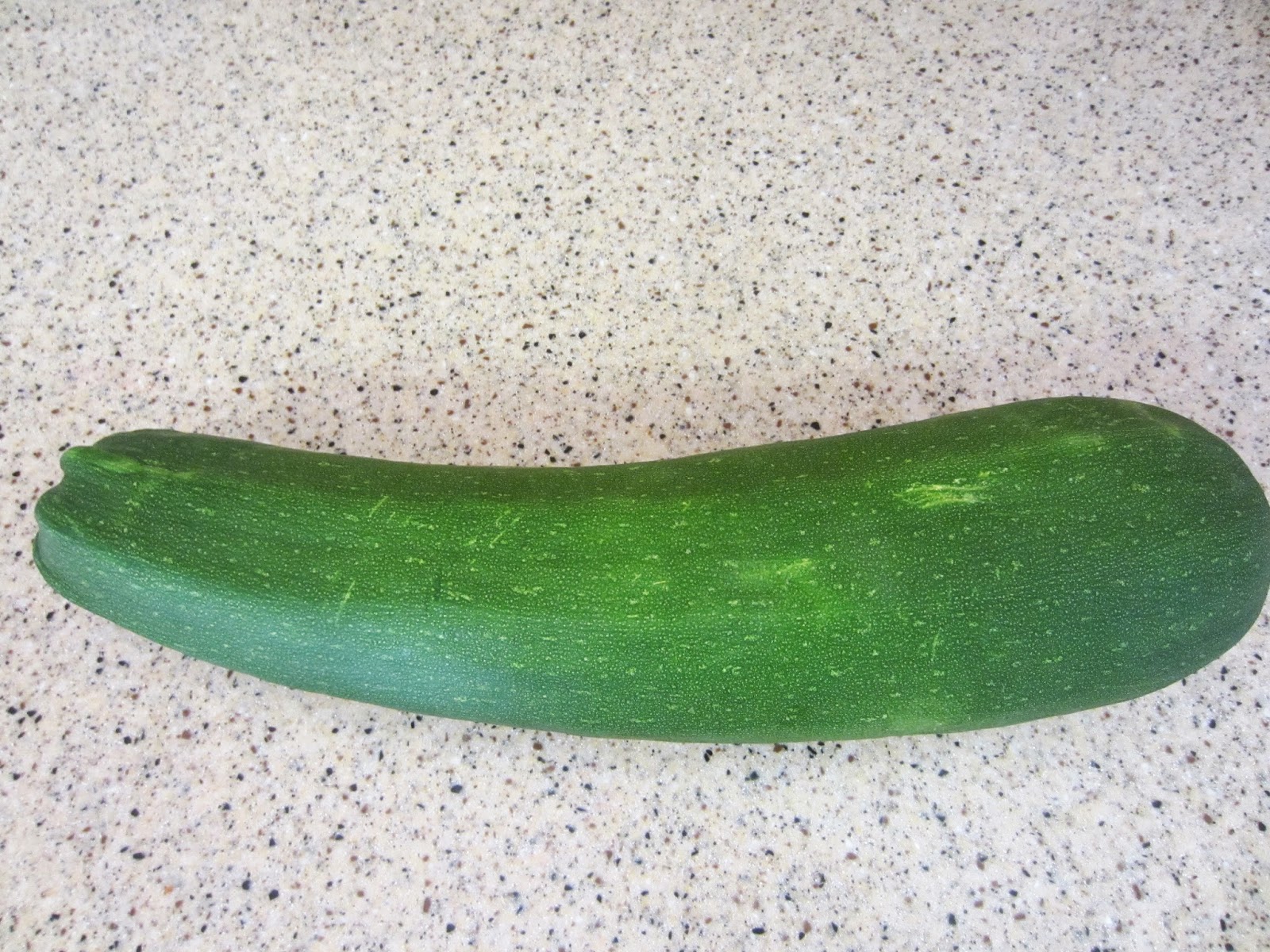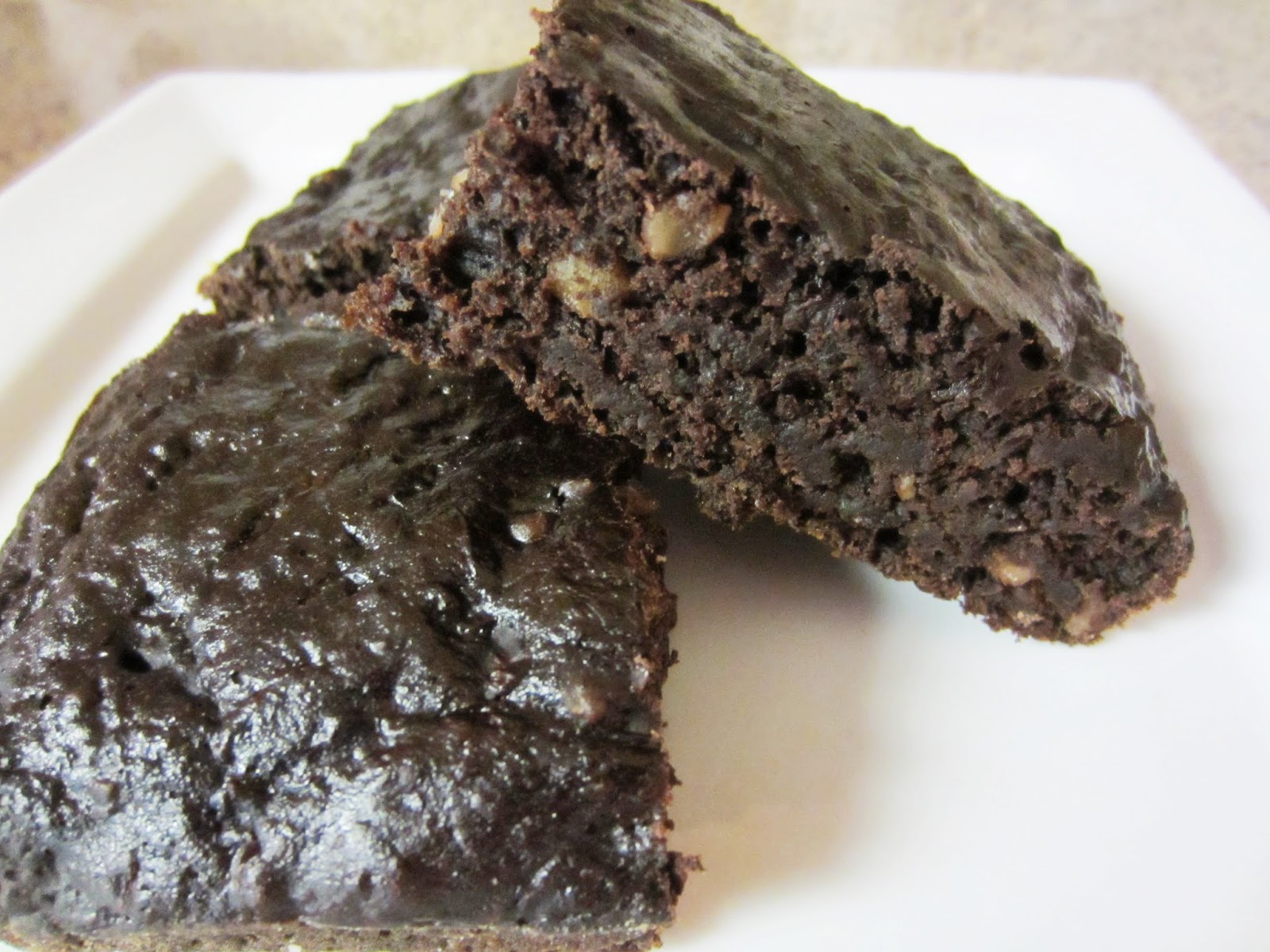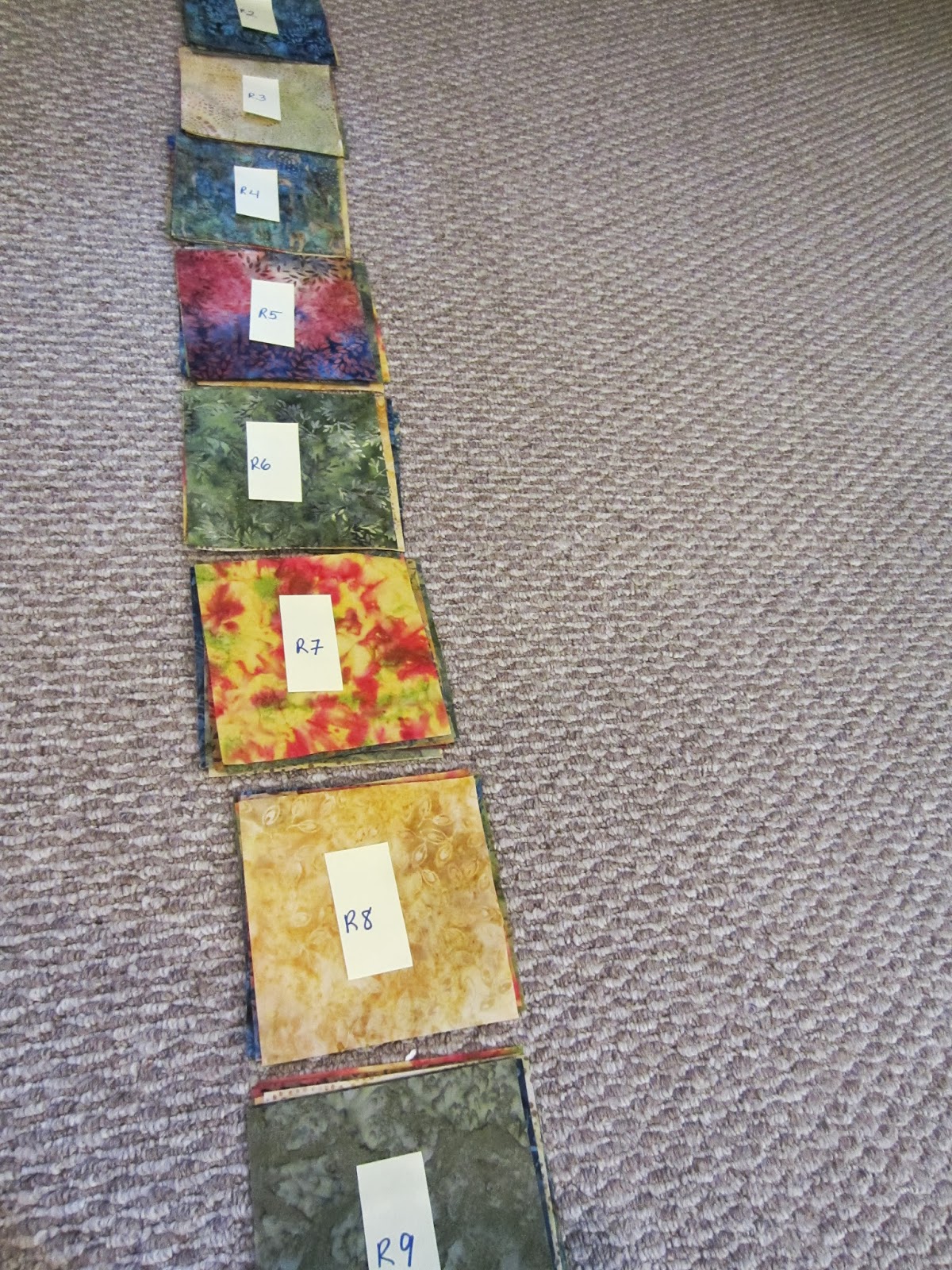My husband and I (and a few other friends) really enjoyed Pat's homemade Rhubarb - Red Raspberry Pie recently at her house. I have to stress homemade because she not only made the crust, she and her husband George grew the rhubarb and picked the red raspberries from her yard too. Wish I could say that, but I can't. I am just thankful that I get to enjoy the "fruits" of others' labors.
2-1/2 cup rhubarb, cut into1/2 inch dices
1-1/2 cup red raspberries
1 cup sugar
3 tablespoons Minute tapioca
2 9 - inch unbaked pie crusts (see recipe below that Pat uses)
Preheat oven to 400 degrees F.
Combine all of the ingredients and let set for 15 minutes in a large bowl.
Pour into crust.
Add top crust, crimp together the edges, and vent the top. (cut a few slits in the top)
Bake 15 minutes and then reduce the oven temperature to 350 degrees and bake 40 - 45 more minutes or until crust is golden brown and filling is bubbling.
2-1/2 cups unsifted flour
1/2 teaspoon salt
1/2 teaspoon baking powder
1 cup shortening
1/2 cup cold water
Mix all but the water well using a pastry blender.
Gradually add the water and mix well.
Chill in refrigerator at least 15 minutes.
Roll out dough on lightly floured surface to fit pie plate.
Pat always uses this recipe when she makes pie crusts. It came from a recipe book called Get Smakelijk. It is one of those great collection type recipes books from the Jr. Welfare League of Holland, Michigan. The recipe was contributed by Mrs. Tom Vander Kuy.
Pat served it
with ice cream....
and without...
RHUBARB - RED RASPBERRY PIE
2-1/2 cup rhubarb, cut into1/2 inch dices
1-1/2 cup red raspberries
1 cup sugar
3 tablespoons Minute tapioca
2 9 - inch unbaked pie crusts (see recipe below that Pat uses)
Preheat oven to 400 degrees F.
Combine all of the ingredients and let set for 15 minutes in a large bowl.
Pour into crust.
Add top crust, crimp together the edges, and vent the top. (cut a few slits in the top)
Bake 15 minutes and then reduce the oven temperature to 350 degrees and bake 40 - 45 more minutes or until crust is golden brown and filling is bubbling.
PIE CRUST
2-1/2 cups unsifted flour
1/2 teaspoon salt
1/2 teaspoon baking powder
1 cup shortening
1/2 cup cold water
Mix all but the water well using a pastry blender.
Gradually add the water and mix well.
Chill in refrigerator at least 15 minutes.
Roll out dough on lightly floured surface to fit pie plate.
Pat always uses this recipe when she makes pie crusts. It came from a recipe book called Get Smakelijk. It is one of those great collection type recipes books from the Jr. Welfare League of Holland, Michigan. The recipe was contributed by Mrs. Tom Vander Kuy.
Pat served it
with ice cream....
UPDATE: Pat served it again at Mexican Train last week but didn't remember that she had shared the recipe with me before. We didn't have any ice cream this time, but it was enjoyed by everyone at the gathering. I thought I would share the pictures....they are better quality.

























































